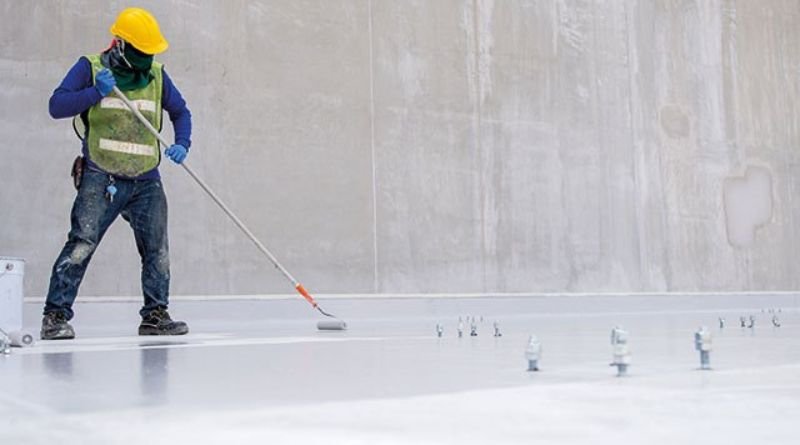Your basement is one of the most important areas in your home and should be protected. If it’s not, it could lead to serious water damage and a poor resale value in the future.
Both exterior and interior waterproofing methods can effectively keep your basement dry. However, there are some differences between them.
Interior vs. Exterior Basement Waterproofing
When waterproofing your basement, you have two main options: interior or exterior. Which is best for your home will depend on several factors, including weather patterns, the size of your basement and your needs. A professional evaluation of your situation is the best way to determine the best method for you and your home. If your home is flood-prone, you may prefer exterior waterproofing, especially if you have a large, unfinished basement. The biggest advantage of an exterior waterproofing system is that it prevents water from entering your home in the first place. It is because it involves excavating the soil around the foundation and adhering to a durable waterproof coating. On the other hand, interior waterproofing systems involve a series of pipes and drains installed underneath your foundation to catch and redirect water that leaks into your basement. They also rely on a sump pump to move water away from the house.
Cost
Exterior waterproofing is typically the most expensive and involves digging around the foundation to install a drainage system. A professional contractor can do it, or it can be done independently. An exterior waterproof membrane is installed outside the foundation to prevent water from infiltrating the basement. It usually applies to the walls with a polymer-based sealant and lasts about three to five years. It also keeps your home cool, saving you money on energy bills. In addition, it can increase the resale value of your home.
Interior basement waterproofing Parma is more cost-effective and less risky than exterior methods. It can also be more effective in preventing mold and mildew growth.
Efficiency
Water seeping through a basement’s foundation can cause serious damage to a home. That can include mold and mildew growth, rotted wood and damaged stored items, so it’s important to have your basement waterproofed as soon as you notice a problem. One of the most common methods to waterproof a basement is through an internal French drainage system and a sump pump. Contractors will open a trench inside your basement, install perforated pipes buried in gravel or washed rock, and recover from draining water from the foundation. This method is much less invasive than exterior basement waterproofing and does not require the excavation of your basement walls. However, it can be more expensive.
Maintenance
When protecting your home, you want to do everything possible to prevent damage. And waterproofing your basement is one of the ways that you can ensure that your home stays dry and healthy. If you live in a region where it rains frequently, you understand how catastrophic a flooded basement can be. It can cause various problems, including mold, rotting wood and a musty smell. The cost of repairs is also considerable, and a flooded basement can even deter you from selling your home. To avoid water issues in the future, you can waterproof your basement from the inside or the outside. The interior method involves digging a trench around the perimeter of your foundation and installing a weeping tile drainage system. It is less expensive than the exterior method and requires little maintenance.
